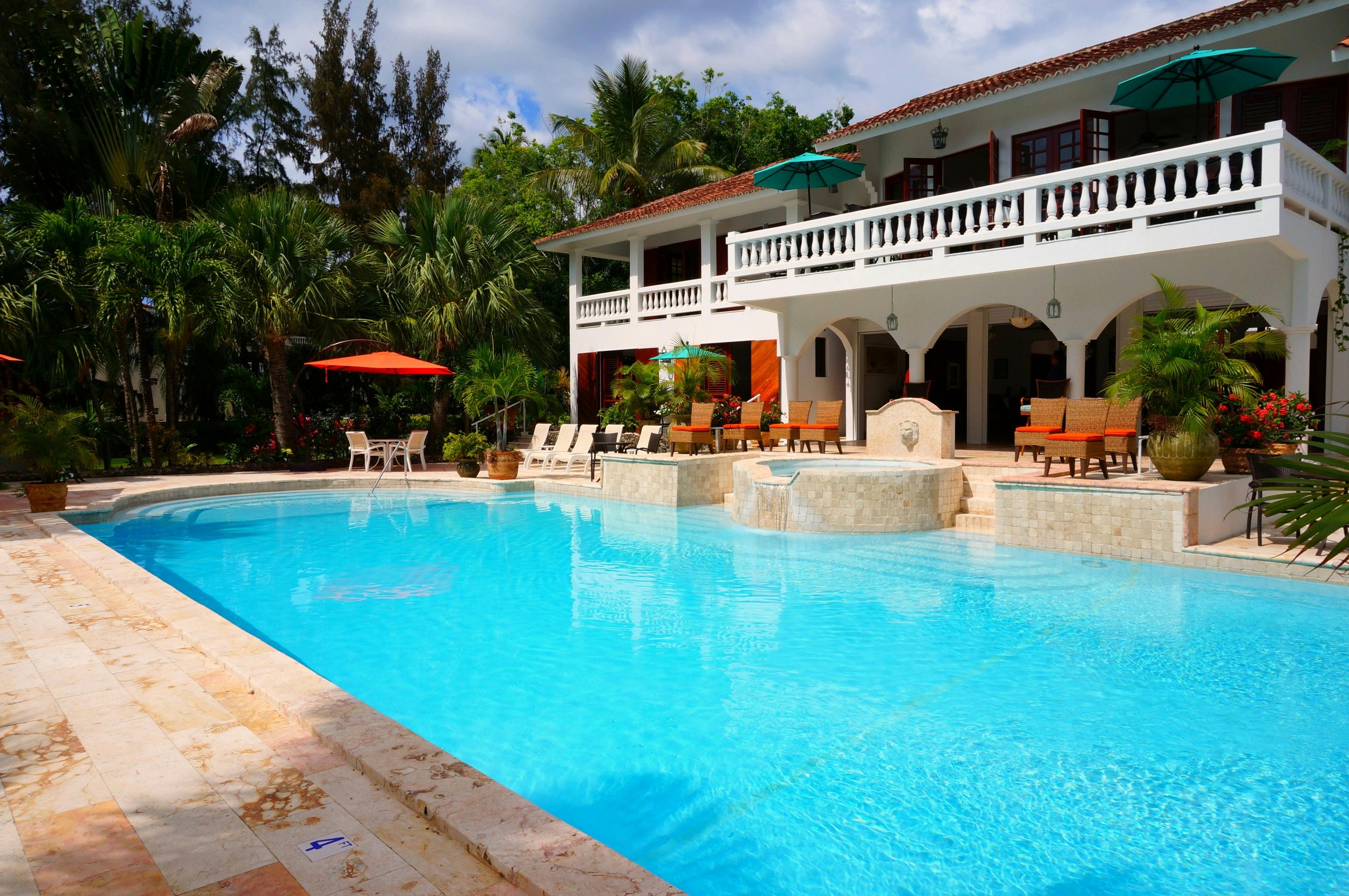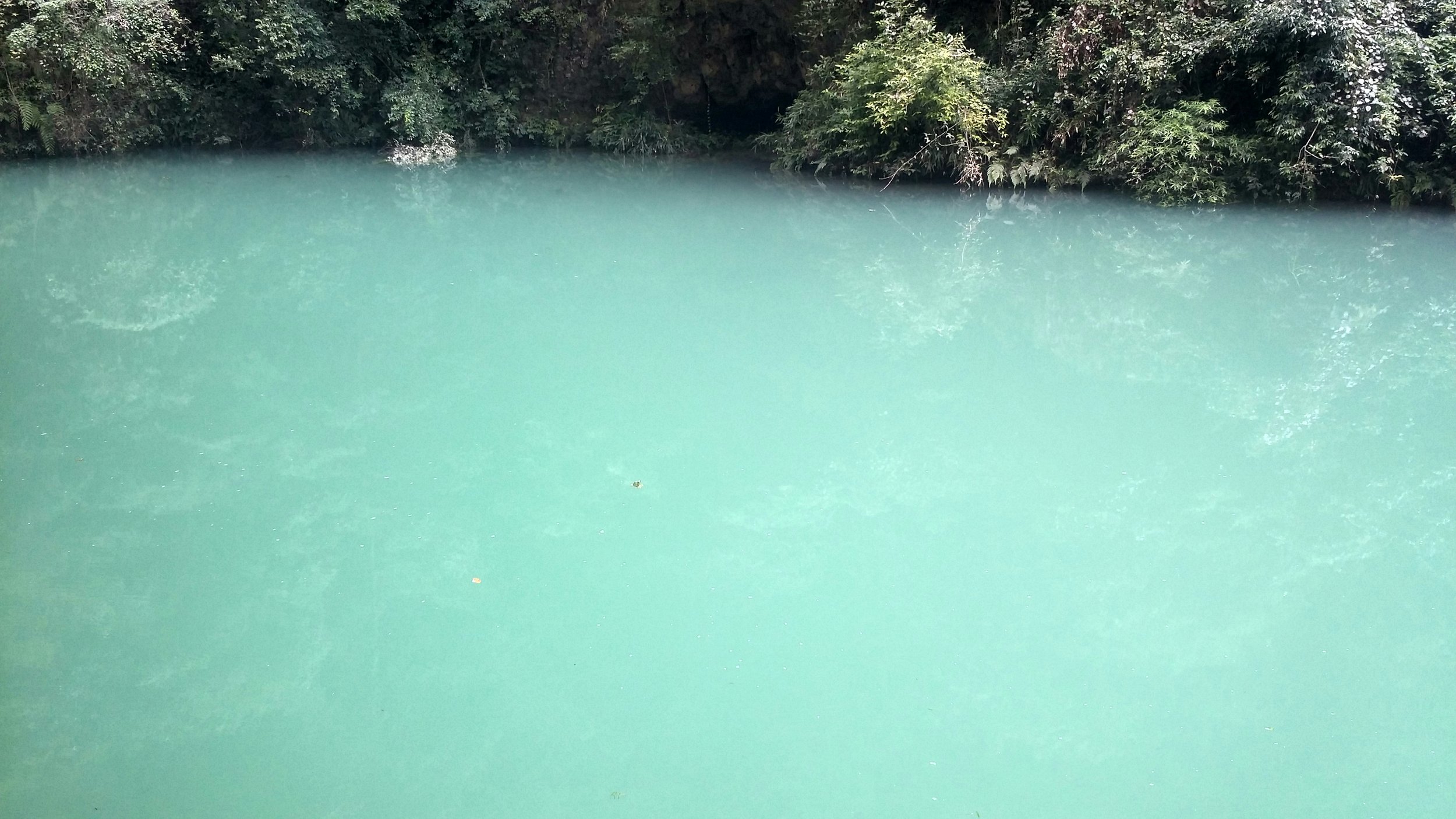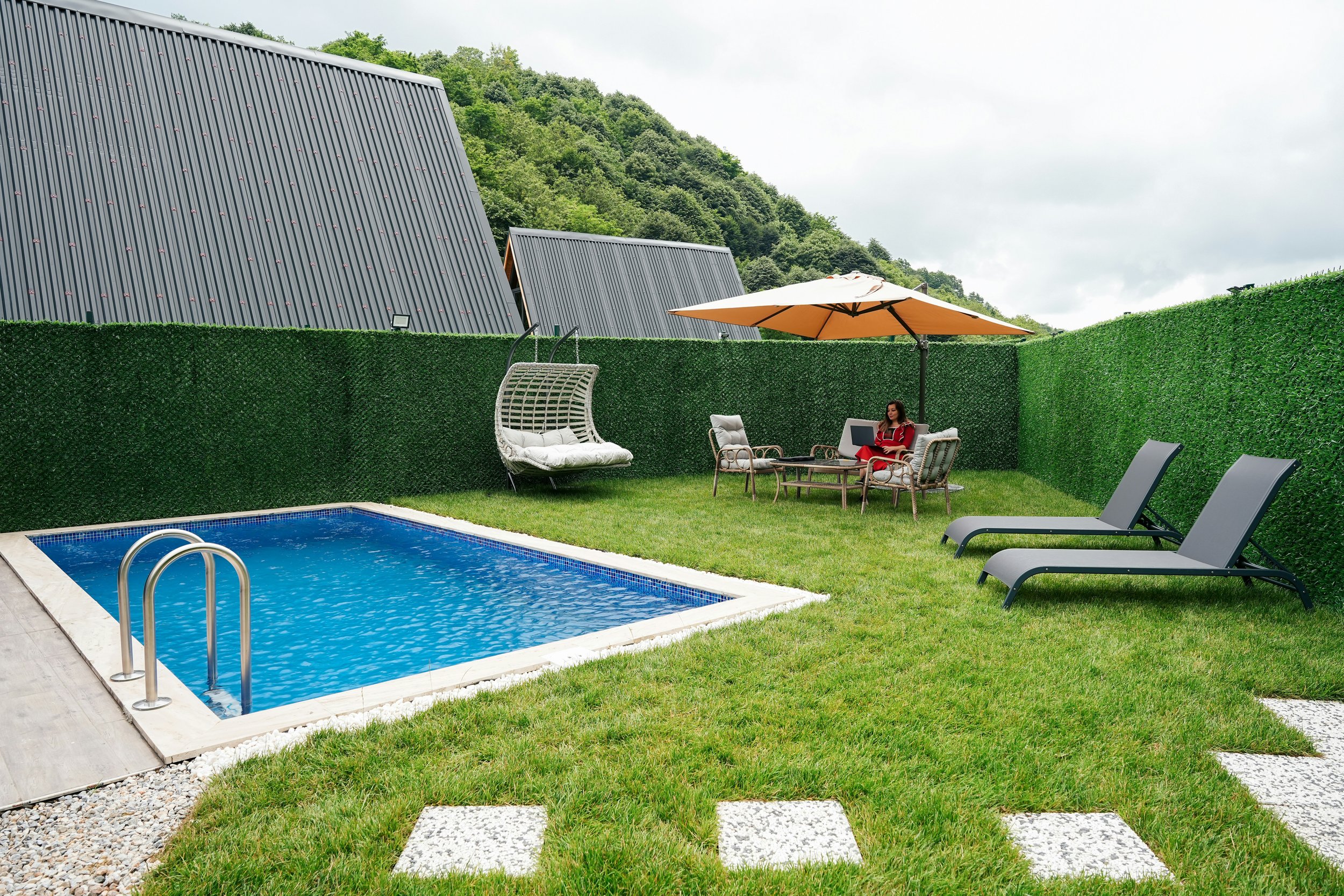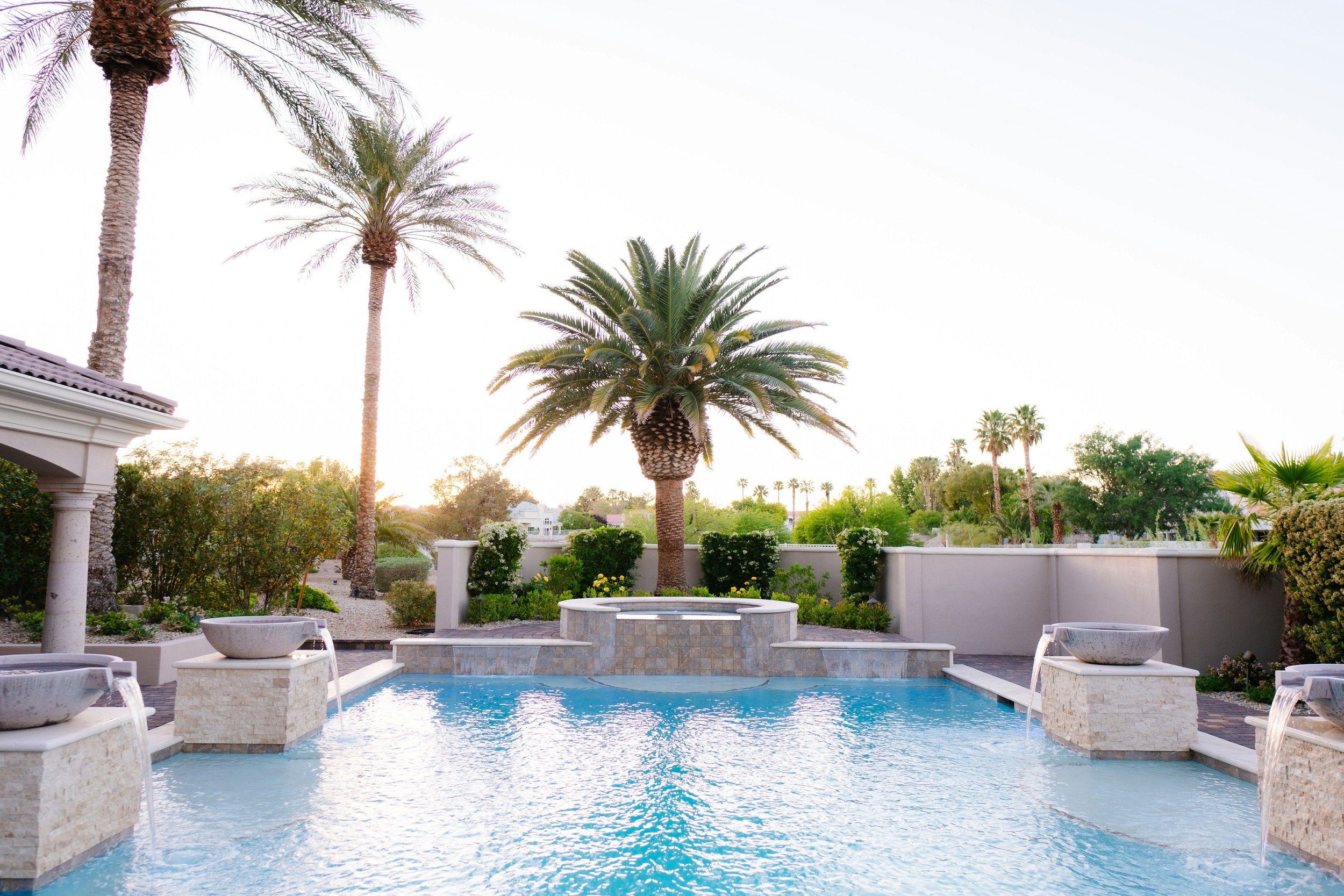How to Lower Pool Alkalinity in Your Pool
Struggling with high alkalinity in your pool? Learn how to lower pool alkalinity in your pool with this detailed, easy-to-follow guide, ensuring crystal-clear water and a balanced swim.
Ever stepped into your pool only to find the water looking a bit murky or your skin feeling extra dry afterward? If your pool water isn’t quite right, chances are your alkalinity is out of whack. Balancing pool chemistry can feel like a science experiment gone wrong, but don’t worry! This guide on How to Lower Pool Alkalinity in Your Pool will break down the process into simple, actionable steps.
High alkalinity doesn’t just mess with your water’s clarity; it can also make maintaining other chemical levels—like pH—a real headache. So, let’s roll up those sleeves and get your pool back to being the sparkling oasis it should be!
What Is Alkalinity, and Why Does It Matter?
Before we dive into the nitty-gritty of How to Lower Pool Alkalinity in Your Pool, let’s take a quick chemistry class refresher. Alkalinity is a measure of the water’s ability to neutralize acids, essentially acting as a buffer to keep your pH levels stable. Sounds good, right? But, if the alkalinity gets too high, it throws off the balance and causes a chain reaction of pool problems.
Why High Alkalinity Is a Problem
Cloudy Water: High alkalinity often results in cloudy, unattractive water that no one wants to swim in.
pH Imbalance: It makes adjusting your pool’s pH a nightmare since high alkalinity tends to push pH levels up, leading to scaling and irritation.
Reduced Efficiency: Your sanitizers, like chlorine, don’t work as effectively in high-alkalinity water, which means germs and algae might have a party in your pool.
Managing your pool’s alkalinity is crucial for maintaining clear, healthy, and inviting water. High alkalinity can lead to cloudy water, making your pool look unappealing and less enjoyable to swim in. Additionally, it causes significant pH imbalances, making it difficult to adjust your pool’s pH levels. This often results in scaling on pool surfaces and irritation for swimmers. Beyond the visual and comfort issues, high alkalinity also reduces the efficiency of sanitizers like chlorine. When chlorine becomes less effective, it can’t properly combat germs and algae, increasing the risk of contamination. By keeping alkalinity in check, you ensure your pool remains crystal clear, comfortable, and safe for everyone to enjoy.
How to Lower Pool Alkalinity in Your Pool: Tools and Chemicals You’ll Need
You can’t fix high alkalinity with sheer willpower, unfortunately. But don’t fret! The process is straightforward once you’ve got the right tools and chemicals.
What You’ll Need
Pool Test Kit: To measure the current alkalinity level.
Muriatic Acid or Dry Acid (Sodium Bisulfate): Both work well for lowering alkalinity.
Protective Gear: Gloves and goggles to protect yourself from the chemicals.
A Pool Brush: To help distribute the chemicals evenly.
Bucket (Optional): For mixing the acid before adding it to the pool.
Lowering your pool’s alkalinity requires the right tools and safety precautions to ensure effective and safe chemical handling. Start with a reliable pool test kit to accurately measure the current alkalinity level, giving you a clear idea of how much adjustment is needed. To reduce alkalinity, you’ll need muriatic acid or dry acid (sodium bisulfate), both of which are effective options. Safety is key when working with these chemicals, so be sure to wear protective gear like gloves and goggles. A pool brush is essential for evenly distributing the chemicals, ensuring they integrate properly into the water. While optional, using a bucket to mix the acid before adding it to the pool can provide better control and safety during the process.
Step-by-Step Guide: How to Lower Pool Alkalinity in Your Pool
Step 1: Test the Alkalinity
First things first—figure out where you stand. Using your pool test kit, measure the total alkalinity. Ideally, it should be between 80 and 120 ppm (parts per million). If it’s higher than that, it’s time to take action.
Step 2: Choose Your Acid
Decide whether you’ll use muriatic acid or dry acid. Both are effective, but they have their pros and cons:
Muriatic Acid: Stronger and cheaper but needs careful handling.
Dry Acid: Easier to use but slightly more expensive.
When it comes to lowering your pool’s alkalinity, choosing between muriatic acid and dry acid depends on your needs and comfort level. Muriatic acid is a stronger, more cost-effective option, making it a popular choice for pool owners on a budget. However, it requires careful handling due to its strength and potential hazards, including the need for proper protective gear and ventilation. On the other hand, dry acid (sodium bisulfate) is easier and safer to handle, making it a more convenient option for those less experienced with pool maintenance. While slightly more expensive, its ease of use and reduced handling risks make it an appealing alternative. Understanding the pros and cons of each can help you decide which is best for your pool care routine.
Step 3: Calculate the Amount of Acid Needed
Check your pool’s volume and the current alkalinity level. Most products come with instructions or a dosage chart to help you determine the correct amount of acid to use.
Step 4: Add the Acid to the Pool
Here’s where you’ll want to be cautious:
Turn Off the Pump: This prevents the acid from being circulated too quickly.
Pour Slowly: If using muriatic acid, consider diluting it in a bucket of water first to prevent splashing. Pour the acid around the perimeter of the pool.
For Dry Acid: Sprinkle it evenly across the pool surface, following the dosage instructions.
Properly lowering your pool’s alkalinity involves careful handling of acids and a few important steps to ensure safety and effectiveness. Start by turning off the pump to prevent the acid from circulating too quickly, which helps avoid uneven distribution and potential damage to pool equipment. If you’re using muriatic acid, it’s a good idea to dilute it in a bucket of water first to minimize the risk of splashing. Slowly pour the diluted acid around the perimeter of the pool for even application. For dry acid (sodium bisulfate), evenly sprinkle it across the pool surface, following the recommended dosage instructions. Taking these steps ensures the acid is applied safely and effectively, helping you achieve balanced alkalinity and clear, healthy water.
Step 5: Brush and Wait
Use your pool brush to help distribute the acid, especially if you notice it settling in one area. Let the acid work its magic for about 4-6 hours, but avoid swimming during this time.
Step 6: Retest and Adjust
After letting the pool settle, retest the alkalinity. If it’s still high, you may need to repeat the process. Keep in mind that it’s better to lower alkalinity gradually to avoid overshooting and creating new problems.
Tips for Maintaining Proper Alkalinity
Balancing your pool’s alkalinity isn’t a one-and-done deal—it requires regular maintenance. Here’s how to keep it in check:
Test Regularly: Make pool testing a weekly habit to catch imbalances early.
Avoid Over-Chlorinating: High chlorine levels can spike alkalinity.
Keep an Eye on pH: Alkalinity and pH go hand in hand, so adjusting one often affects the other.
Use Pool Stabilizer Sparingly: Overusing stabilizers can contribute to alkalinity issues.
Common Mistakes to Avoid
Even with the best intentions, things can go sideways. Here are a few common mistakes and how to avoid them:
Adding Too Much Acid at Once: It’s tempting to dump in a lot of acid to fix the problem quickly, but this can cause drastic pH drops and damage your pool surfaces.
Skipping Protective Gear: Always wear gloves and goggles. Acid can cause serious harm if mishandled.
Not Circulating the Water: Make sure your pool’s pump and filter system are running well after adding acid to ensure even distribution.
Ignoring pH Levels: Lowering alkalinity without checking pH can lead to low pH levels, which are just as problematic.
When lowering your pool’s alkalinity, taking the right precautions is essential to avoid common mistakes that can harm your pool and compromise safety. Adding too much acid at once might seem like a quick fix, but it can cause drastic pH drops, potentially damaging pool surfaces and equipment. Always wear protective gear, such as gloves and goggles, to prevent serious injury from accidental splashes or spills. After adding acid, ensure your pool’s pump and filter system are running to circulate the water evenly, avoiding concentrated areas of acid. Lastly, don’t overlook the importance of monitoring pH levels—lowering alkalinity without checking pH can result in levels that are too low, leading to additional problems like corrosion and swimmer discomfort.
Conclusion
Balancing your pool’s alkalinity might seem like a daunting task, but with the right approach, it’s a piece of cake. This guide on How to Lower Pool Alkalinity in Your Pool gives you the tools and know-how to tackle high alkalinity head-on. From choosing the right chemicals to avoiding common mistakes, you’re now well-equipped to keep your pool water crystal clear and perfectly balanced.
Remember, regular testing and maintenance are your best allies in maintaining a healthy, inviting pool. So, don’t wait for your water to turn cloudy—take charge, and keep that alkalinity in check! Happy swimming!
Read next: 15 Stunning Pool Landscaping Ideas for Your Yard
Frequently Asked Questions
1. Can I swim immediately after adding acid to lower alkalinity?
Nope! It’s best to wait at least 4-6 hours and retest the water before taking a dip.
2. How often should I check my pool’s alkalinity?
You should test alkalinity weekly, or more often if you’re noticing issues like cloudy water or difficulty maintaining pH balance.
3. What happens if I lower the alkalinity too much?
Low alkalinity can lead to corrosion of pool surfaces and equipment, and it can cause pH levels to fluctuate wildly.
4. Is it safe to use vinegar to lower pool alkalinity?
While vinegar is acidic, it’s not recommended for pool use. Stick to muriatic or dry acid for safe and effective results.
5. Can I use baking soda to lower alkalinity?
Actually, baking soda raises alkalinity. Use it if your levels are too low, not high.







